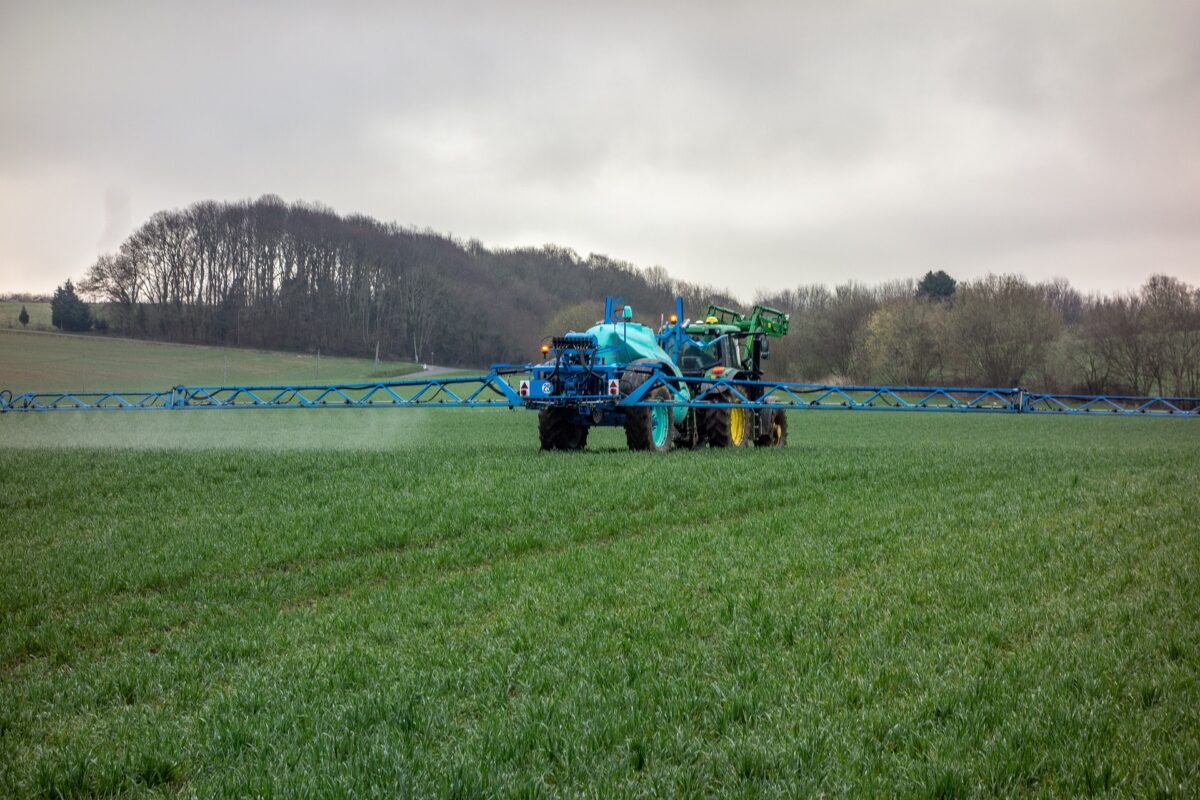
Blog
Bioaccumulation and Sustainability: How They Make Our Future

Have you ever wondered what happens to all the chemicals and pollutants that make their way into our environment? It’s easy to think of pollution as something that just “goes away,” but there’s a process called bioaccumulation that complicates things. It’s a bit of a mouthful, but understanding it helps us see why sustainability is so critical and what we can do about it.
Let’s dive into bioaccumulation and explore how it affects sustainability, our health, and the future of our planet.

What Exactly is Bioaccumulation?
Bioaccumulation happens in two primary ways.
First, it can occur when a chemical enters an organism at a rate faster than the organism can metabolize or excrete it, leading to a buildup over time. Alternatively, bioaccumulation can result from the organism’s inability to break down or eliminate the chemical, causing it to continuously accumulate.
Imagine a fish swimming in a lake that has low levels of mercury in the water. The fish isn’t directly harmed by just a trace amount of mercury, but over time, as it eats and grows, it can’t get rid of all that mercury. Instead, the mercury builds up in its tissues, gradually increasing in concentration. Now imagine a bigger fish comes along and eats that fish, taking in all the mercury it had stored up. This goes on up the food chain, concentrating those toxins at higher and higher levels.

Why Bioaccumulation Matters to Us?
You might wonder, “How does bioaccumulation impact me?” The effects of bioaccumulation ripple through ecosystems and affect us.
Think of seafood, for example. When mercury builds up in fish and we eat it, that mercury enters our bodies. Over time, consuming too much mercury can cause neurological issues, especially in vulnerable groups like children and pregnant women. Of course, other pollutants can affect our hormones, immune systems, and even increase cancer risks.
But the problem doesn’t stop with health. Bioaccumulation can have severe repercussions for entire ecosystems. Certain pollutants, such as pesticides like DDT and chlordane, have significantly harmed wildlife populations. According to a data from the EPA, these pesticides are detrimental to human health as well, affecting reproductive health, compromising immune systems, and contributing to population declines in both wildlife and humans.

Heavy Metals and Food Chain
It is estimated that around 20 million people globally are at risk from mercury exposure, highlighting the need for effective monitoring and management strategies.
Wildlife
Pesticides such as DDT and chlordane have caused significant ecological damage through bioaccumulation, leading to declines in wildlife populations. The data indicate that these chemicals adversely affect reproductive health and immune systems, ultimately impacting biodiversity and ecosystem stability.
In short, bioaccumulation impacts not only human health but also ecosystems, thereby affecting overall sustainability.

What Can We Do for Tackling Bioaccumulation?
The good news is that there are ways to address bioaccumulation and work toward a sustainable future. It’s going to take some effort, but each step we take makes a difference. Here are some ways we can help reduce the impact of bioaccumulation:
- Reduce Persistent Pollutants
The initial step toward environmental protection is to eliminate the introduction of harmful, persistent chemicals. Many countries are taking action to restrict these dangerous pesticides. For instance, in Canada, all pesticides must receive authorization before they can be imported, sold, or used, ensuring that only safe and approved substances enter the market. - Switch to Green Chemistry
Ever heard of green chemistry? It’s an approach to creating products that are safer for the environment and sustainability. Some newer pesticides are designed to break down quickly after use, meaning they’re less likely to enter the food chain and build up over time. - Improve Waste Management
Industrial and agricultural waste is often packed with chemicals that can lead to bioaccumulation. But, innovative wastewater treatment technologies, like rotating electrochemical disc reactors and bio electrochemical systems, effectively remove nutrients such as phosphorus and nitrogen from wastewater generated by soilless cultivation. This allows for the safe discharge or reuse of treated water for irrigation. - Educate and Empower Consumers
Raising public awareness about bioaccumulation is a powerful tool for encouraging informed consumer choices. When people understand the implications of bioaccumulation, they can support sustainable products and reduce their use of items containing toxic chemicals. Today, the term “organic” is commonly found in grocery stores, giving consumers more choices for healthier products. This trend has also extended to clothing retailers like UNIQLO, allowing shoppers to avoid items that contain pesticides and harmful substances. - Support Research and Innovation
Research on bioaccumulation has been increasing as awareness of its ecological and health impacts grows. Advances in science and technology can make a huge difference in fighting bioaccumulation. Supporting research into how toxins accumulate and exploring new technologies, like improved filtration for wastewater, can help us tackle the issue at its source.

Our Role in Creating a Sustainable Future
It’s easy to assume that bioaccumulation is an issue for others, especially since we may not be the ones directly polluting our waterways. However, by prioritizing sustainability in our everyday choices, we can all play a part in fostering healthier ecosystems. Simple actions, such as reducing single-use plastics or opting for products from eco-friendly companies, can collectively make a significant impact. Every choice we make influences not only our immediate environment but also the well-being of future generations.
Community efforts, like educational initiatives or local waterway clean-ups, amplify our impact. It’s essential to consider what we can do, and the opportunities available to contribute to positive change are abundant. We can take direct action or support organizations and companies that implement environmentally beneficial projects. Additionally, you can assist these initiatives through carbon credits. So, let’s come together and make a difference!
